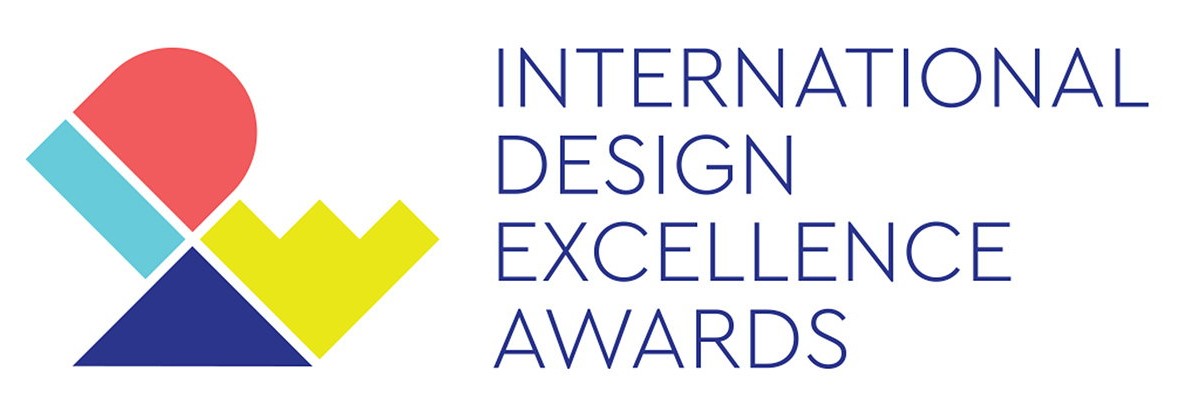 Michael Kahwaji, senior design manager at Whirlpool Corp., is returning to the International Design Excellence Awards (IDEA®) jury for the third time this year. For the 2018 awards, however, he was asked to be the jury chair, which involves making sure the integrity of the awards is maintained and the proper jurors are selected. “My job for the next few months going into May is to help curate a jury as well as organize the competition,” said Kahwaji, who is a member of the International Designers Society of America (IDSA), who have held the awards since 1980.
Michael Kahwaji, senior design manager at Whirlpool Corp., is returning to the International Design Excellence Awards (IDEA®) jury for the third time this year. For the 2018 awards, however, he was asked to be the jury chair, which involves making sure the integrity of the awards is maintained and the proper jurors are selected. “My job for the next few months going into May is to help curate a jury as well as organize the competition,” said Kahwaji, who is a member of the International Designers Society of America (IDSA), who have held the awards since 1980.
The competition was open for entries on Jan. 2, and submissions will be allowed until March 19. Winners are notified in June of this year. The competition’s jurors (up to 35) are chosen based on experience, how cross functional their role is, and how many relevant jobs or roles they’ve held, Kahwaji explained. “It’s not all about judging shape and form,” he said. “We also need designers who know the business process, and we need designers who can judge on more than just aesthetics, because an attractive design with bad function is not a good design.”
Last year, the IDEA Jury was charged with the tremendous task of carefully reviewing over 1,600 entries. They hope to receive 2,000 or more entries this year across 20 categories. The unique jurying process maintains anonymity for all of these entries to ensure that decisions are solely based upon excellence of design innovation, user experience, benefit to the client, benefit to society and aesthetics.
 “For the first time in 38 years, we have curated a design jury with a well-balanced demographic,” said Kahwaji. “I’m proud to announce this year’s jury includes 12 women, as well as experts in branding, service design and graphic design. This will enable IDEA to truly reflect the multidisciplinary facet of the competition.”
“For the first time in 38 years, we have curated a design jury with a well-balanced demographic,” said Kahwaji. “I’m proud to announce this year’s jury includes 12 women, as well as experts in branding, service design and graphic design. This will enable IDEA to truly reflect the multidisciplinary facet of the competition.”
Judging is done online for the first round, according to Kahwaji. “For round two, the finalists will be judged with their products at Henry Ford Museum in Dearborn, Michigan where the jury meets in person,” he said. “Last year, about 400 entries across all the categories made it to the second round. That jury consists of teams for every category with two to four jurors in each. Those juror teams discuss the category on a deeper level. Then, those jurists bring forward their recommendations to the entire jury for final selections.” Those designs chosen as finalists are given Gold, Silver, or Bronze awards. More than one award at each level can be given per category, and the jury tries to give at least one gold award per category, although there’s no guarantee they will.
“This is a fair, honest and rigorous competition,” said Kahwaji. “Jurors are made up of designers, strategists, and CFM designers. They scale from five years of experience to 50 years of experience. We have several different industries represented, and we try really hard to get the right designers judging in the right categories.”
Kahwaji enjoys his role as jury chair. “I started with student design judging at the housewares show competition,” he said. “I do a lot of portfolio reviews, and I have a lecture series on portfolios. I also teach at Notre Dame in the evenings. It kind of all falls into the same wheelhouse of being able to review design, and critique and share that knowledge with students. My big passion is education and just connecting with people. I think this competition is a part of that.”